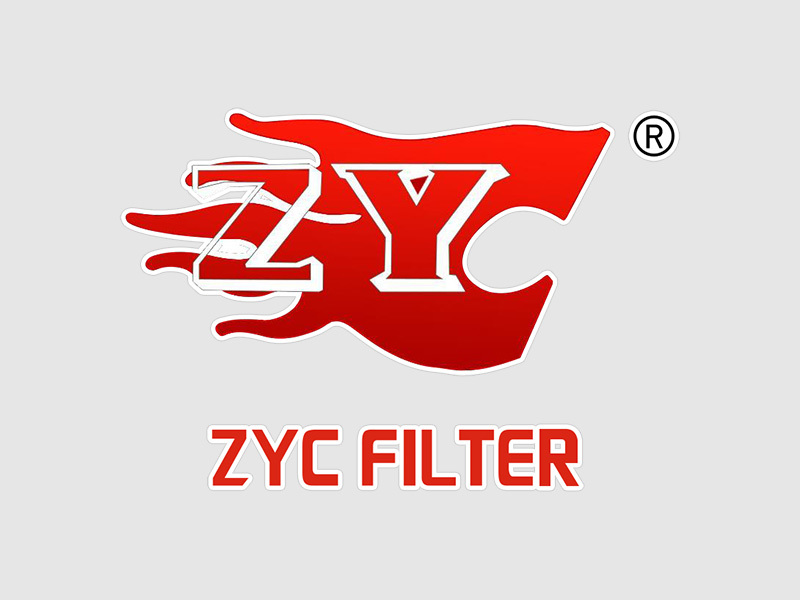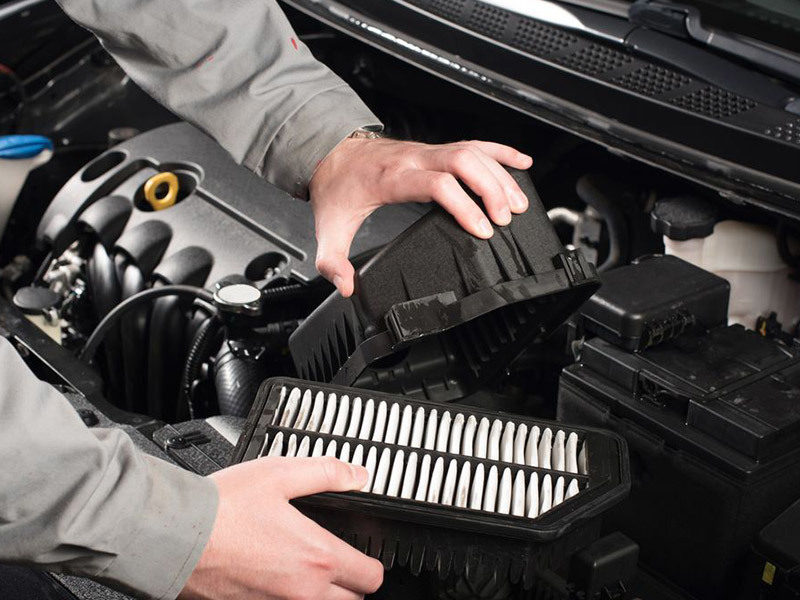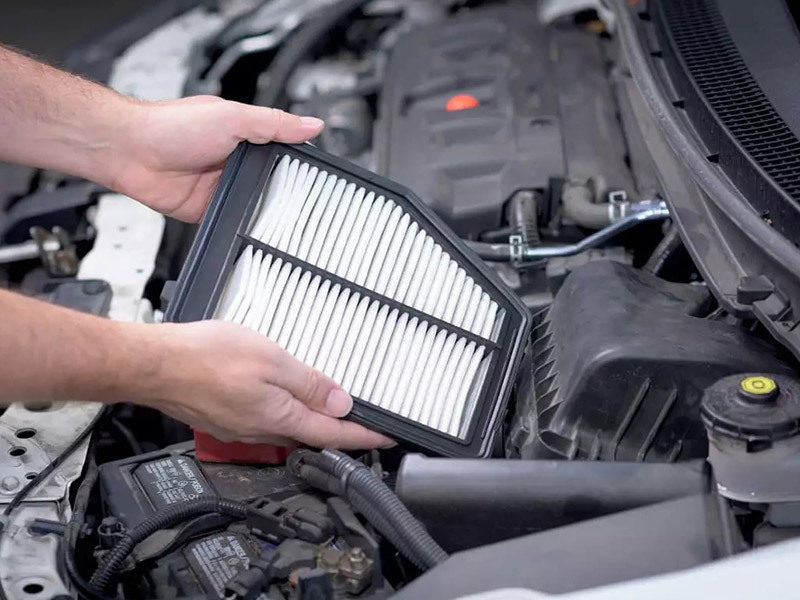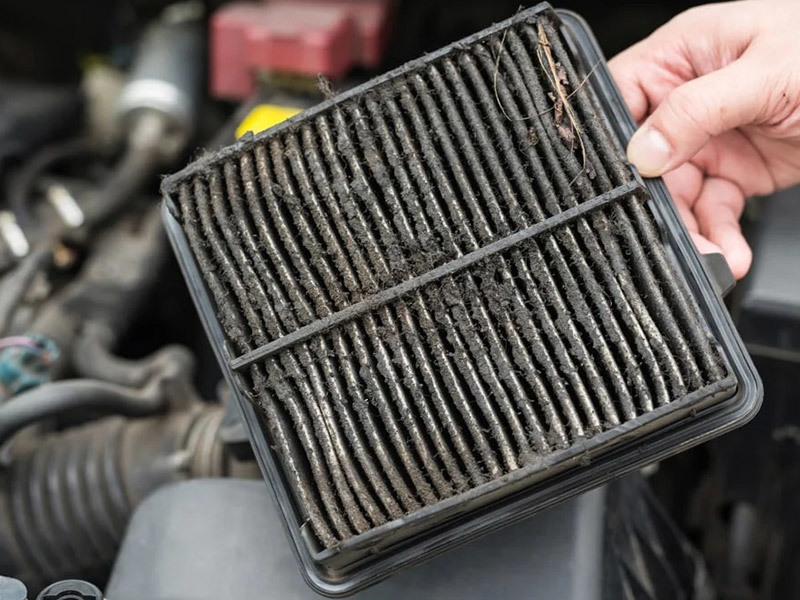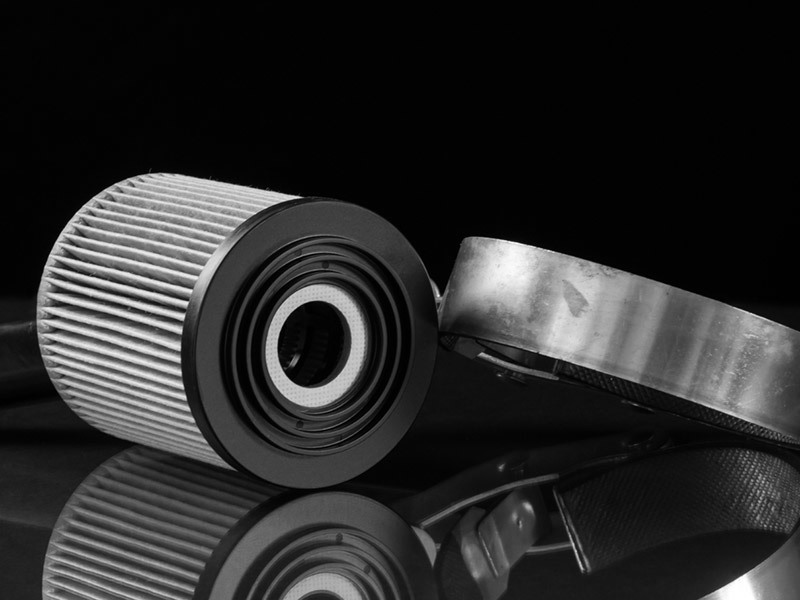News Hotspot
Contact Info
Add:Wangshigong Industrial Area, Liyuantun Town, Wei County, Xingtai City, Hebei Province, China
Phone: 0086 15030915749
E-mail: aimee@ndtfilter.com
The Internal Structure of Spin-On Oil Filters: A Comprehensive Guide
Release Time:
Mar 18,2025
The Internal Structure of Spin-On Oil Filters: A Comprehensive Guide
1. Filter Element and Housing
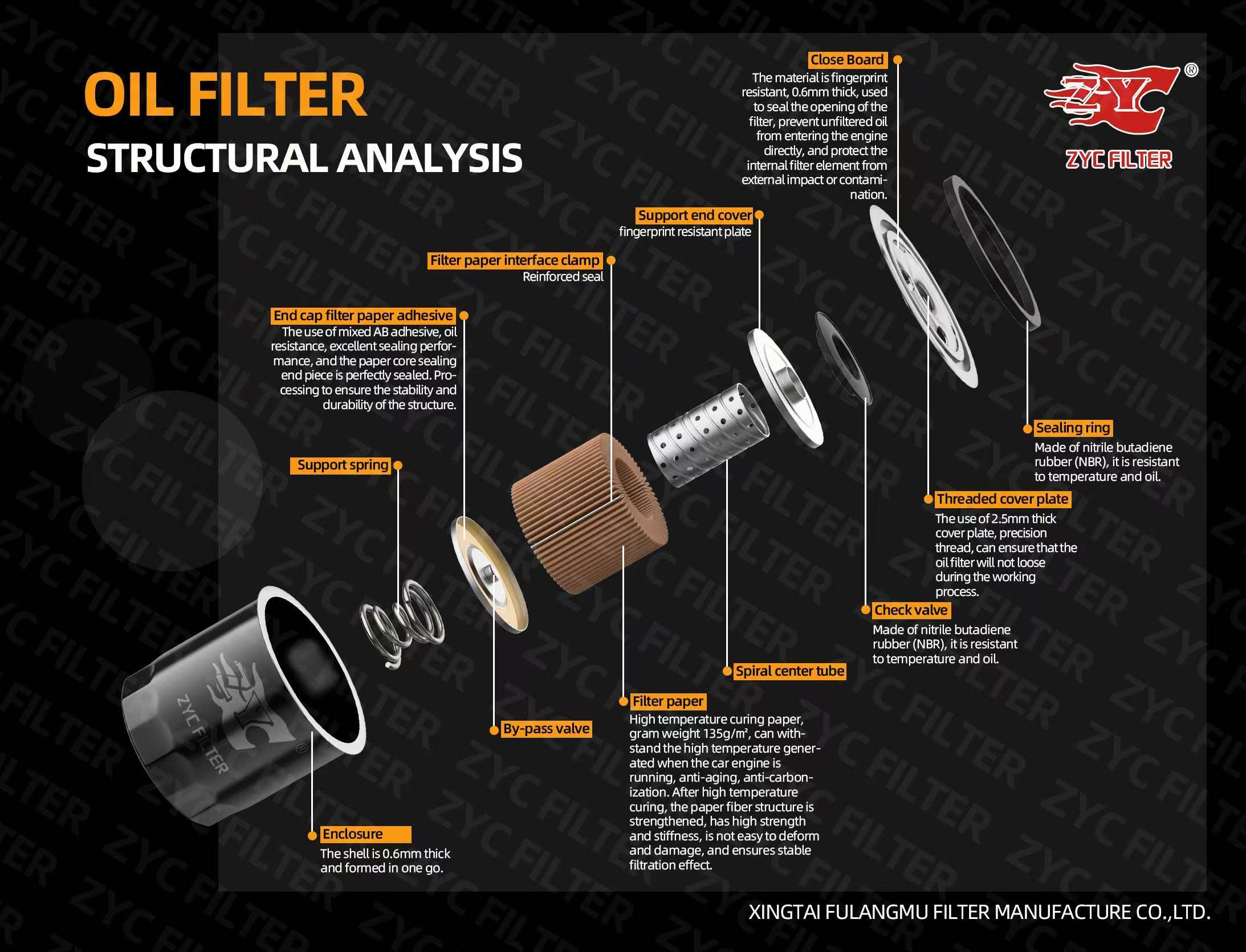
2. Bypass Valve
3. Anti-Drainback Valve
4. Support Spring
5. Sealing Ring
6. Working Principle
Conclusion
Key words:


Phone/whatsapp
* Please Enter Keywords
Our company was established in 2010 with a registered capital of 3 million yuan. It is a professional manufacturer of R&D, production and sales of various filters.
COOKIES
Our website uses cookies and similar technologies to personalize the advertising shown to you and to help you get the best experience on our website. For more information, see our Privacy & Cookie Policy
COOKIES
Our website uses cookies and similar technologies to personalize the advertising shown to you and to help you get the best experience on our website. For more information, see our Privacy & Cookie Policy
These cookies are necessary for basic functions such as payment. Standard cookies cannot be turned off and do not store any of your information.
These cookies collect information, such as how many people are using our site or which pages are popular, to help us improve the customer experience. Turning these cookies off will mean we can't collect information to improve your experience.
These cookies enable the website to provide enhanced functionality and personalization. They may be set by us or by third-party providers whose services we have added to our pages. If you do not allow these cookies, some or all of these services may not function properly.
These cookies help us understand what you are interested in so that we can show you relevant advertising on other websites. Turning these cookies off will mean we are unable to show you any personalized advertising.

